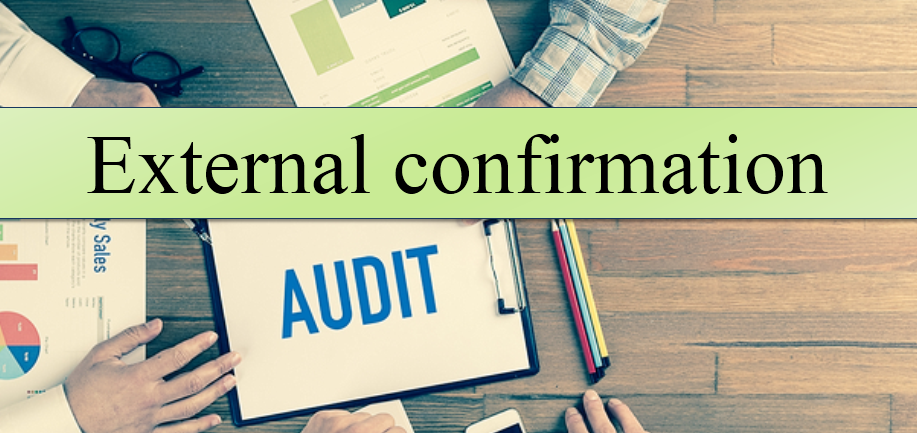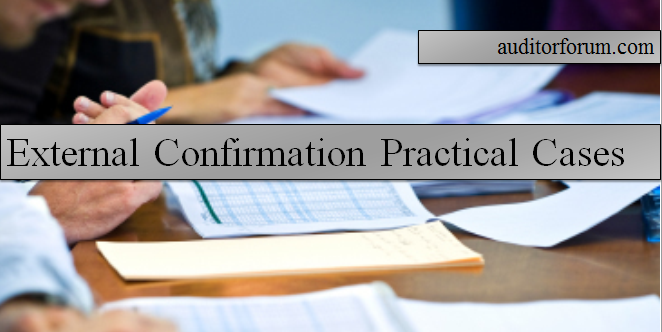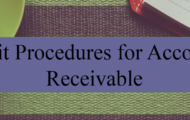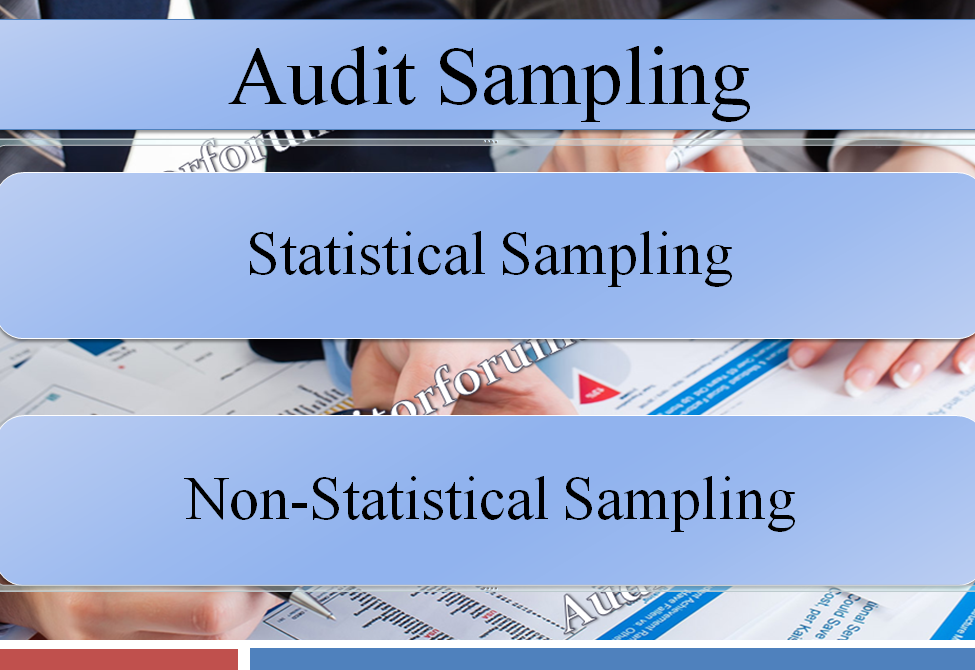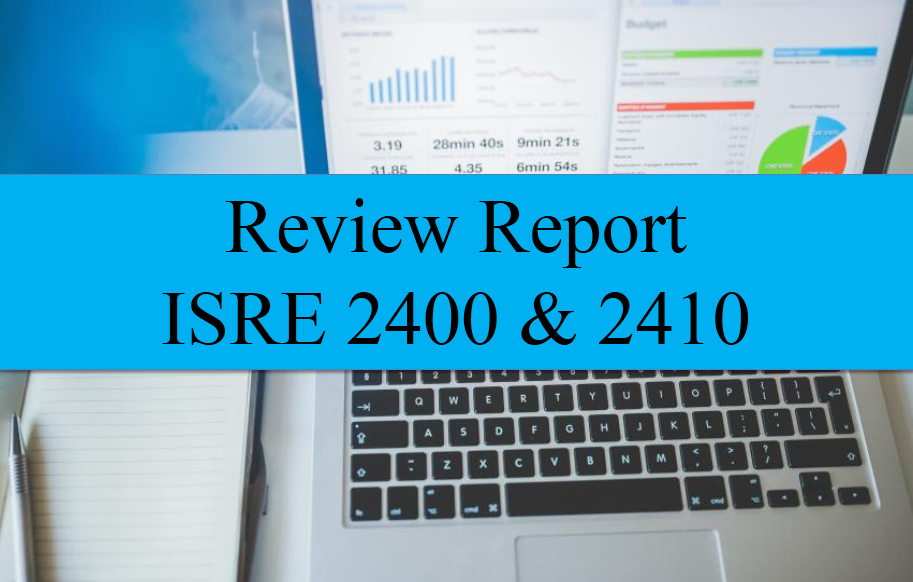State the objectives which an auditor expects to achieve while applying analytical procedures at the end of an audit.
Analytical Procedures Objectives
The auditor should apply analytical procedures at or near the end of the audit in order to
- Form an overall conclusion as to whether the financial statements as a whole are consistent with the auditor’s understanding of the entity.
- Corroborate the conclusions formed through other procedures performed during the audit of individual components or elements of the financial statements.
- Identify previously unrecognized risk of material misstatement. In such circumstances, the auditor may:
- revise the auditor’s assessment of the risk of material misstatement; and
- modify the further planned audit procedures accordingly.
Inconsistency
Discuss the course of action an auditor should adopt when results of analytical procedures identify inconsistent relationships or differ from expected values by significant amounts.
The auditor should apply analytical procedures at or near the end of the audit in order to
- Form an overall conclusion as to whether the financial statements as a whole are consistent with the auditor’s understanding of the entity.
- Corroborate the conclusions formed through other procedures performed during the audit of individual components or elements of the financial statements.
- Identify previously unrecognized risk of material misstatement. In such circumstances, the auditor may:
- revise the auditor’s assessment of the risk of material misstatement; and
- modify the further planned audit procedures accordingly.
Design
When designing and performing substantive analytical procedures the auditor should:
- determine the suitability of particular substantive analytical procedures for given assertions – i.e. how effective they will be in detecting a particular type of material misstatement.
- Develop an expectation of recorded amounts or ratios and evaluate whether that expectation is sufficiently precise to identify a misstatement.
- Evaluate the reliability of the data from which the expectation has been developed.
- Determine what level of difference from expected amounts is acceptable without further investigation.
Auditorforum.com provides multiple question and answers and case study on different topics. Keep visiting auditorforum.com for more knowledge on analytical procedures.


